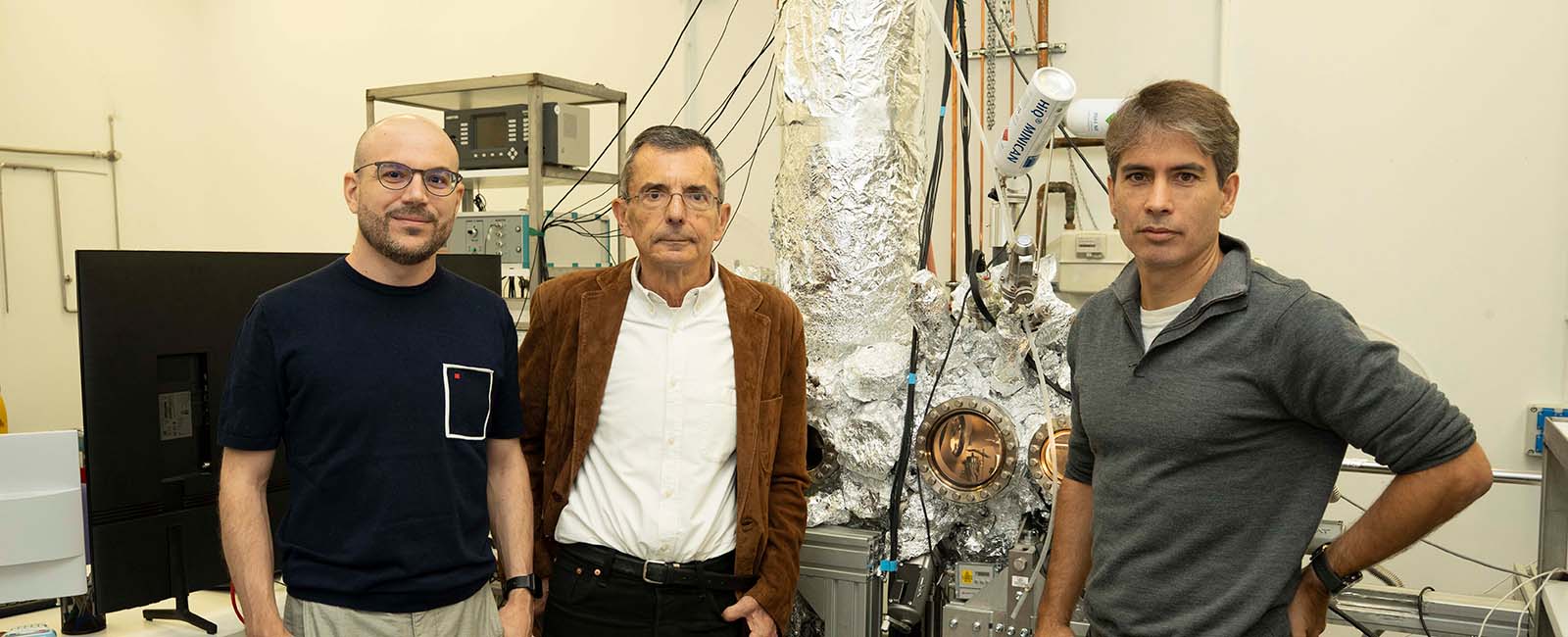RESEARCH TEAM
Principal investigators: Francisco Guinea López (Donostia International Physics Center, DIPC) and Iván Brihuega Álvarez (Universidad Autónoma de Madrid).
Team members: Dario Bercioux (Donostia International Physics Center, DIPC); Deung-Jang Choi (Centro de Física de Materiales and Donostia International Physics Center, DIPC); Mikhail I. Katsnelson (Radboud University, Netherlands, and Constructor University, Germany); and José Ángel Silva Guillén (IMDEA Nanociencia).
DESCRIPTION
The project’s aim is to create artificial materials with properties like superconductivity for purposes including the construction of quantum computers. Although academic researchers and large tech firms are looking into different platforms for the development of these devices, there is as yet no one strategy that stands out above the rest. The project will accordingly combine theoretical research with laboratory experiments to explore the potential of two-dimensional single-atom lattices to control the properties of the resulting material at a very high level of detail.
“By making artificial materials that combine the properties of several, apparently very different materials, we should be able to obtain new functionalities that go beyond what nature can offer,” explains Francisco Guinea, Senior Researcher at the Donostia International Physics Center and one of the project’s PIs.
The team will explore three main avenues to construct their networks: hydrogen atoms placed one at a time on a substrate that could be of graphene or some other material; quantum dots made from nanometric pieces of metal and arranged to form the lattice; or existing two-dimensional materials like graphene in a twisted stack.
The team, in the words of its co-lead Iván Brihuega, Professor of Condensed Matter Physics at the Universidad Autónoma de Madrid, aims to construct a two-dimensional lattice that a current can flow through without energy loss – in other words, a superconductor. “This property has been observed in a lot of materials,” Guinea remarks, “but our interest lies in controlling the temperature at which a material becomes superconducting.” This lattice would provide proof of concept for subsequent attempts to perfect the construction of such two-dimensional networks or even to explore how they might be expanded to three dimensions.

